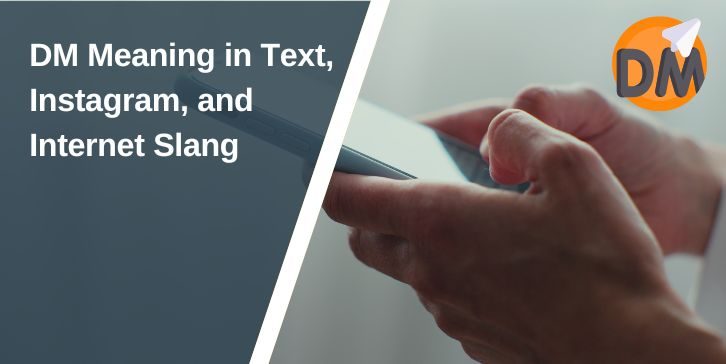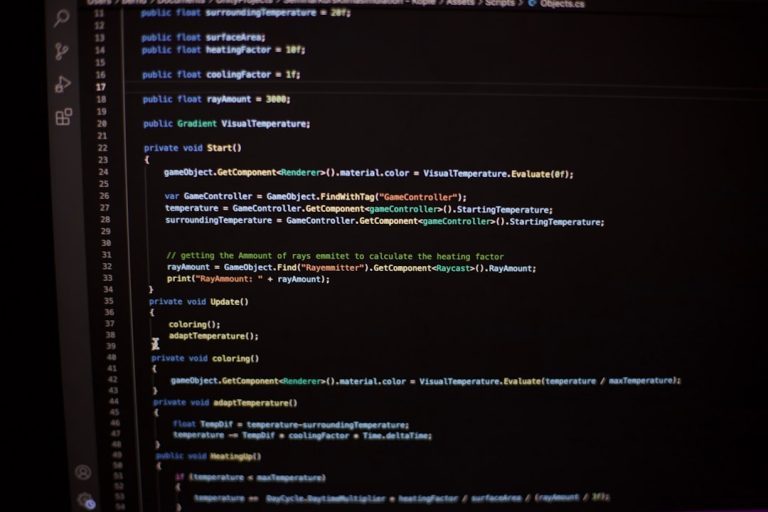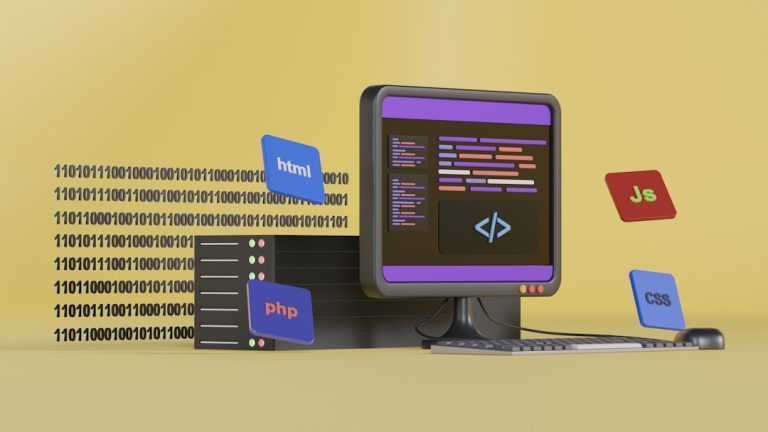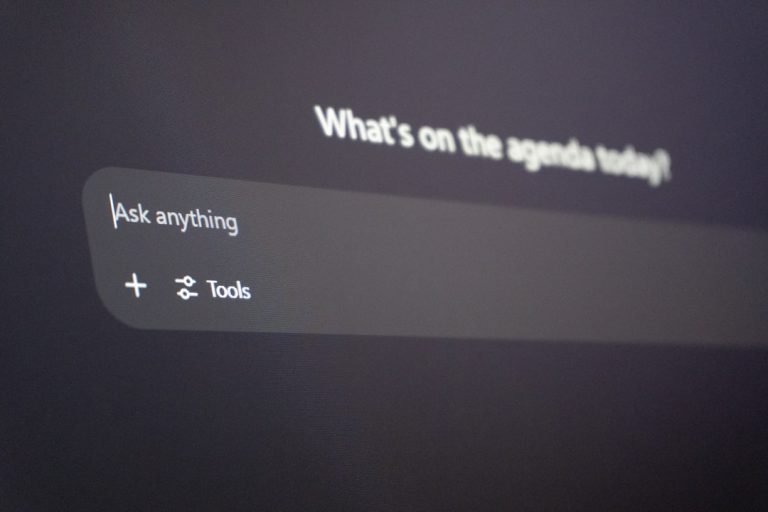If you spent any time online, you likely saw messages like “DM me” or “Slide into my DMs.” It appears on Instagram stories, X (formerly Twitter) posts, and TikTok descriptions. But not everyone knows what it means.
DMs are more than slang. They became part of how people talk privately in public online spaces. Knowing what DMs are, where people use them, and how they changed internet culture helps you stay more informed and connected online.
What Does DM Stand For?
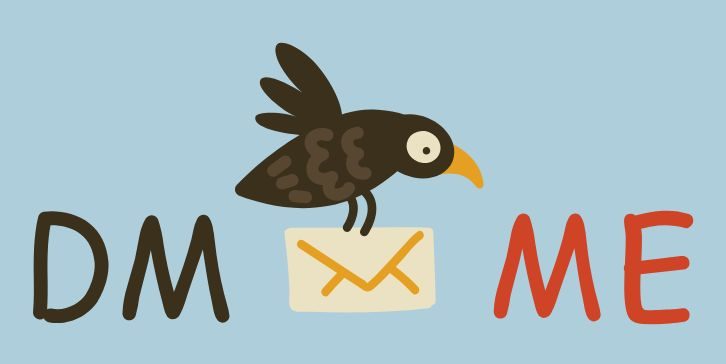
DM means Direct Message. It is a private message sent through a social media app or website. This message is separate from public comments or posts. DMs let people talk one-on-one or with small groups. Other people cannot see the talk.
The term became popular with X (formerly Twitter) and Instagram. Their messaging feature was built right into the app. It quickly became the main way for creators, friends, fans, and even businesses to talk in private.
Now, people use “DM” on many different online networks. But the meaning stays the same: when someone says “DM me,” they are asking for a private conversation.
Where Are DMs Used?
DMs are on almost every big online platform today. Instagram and X are among the most common. Users there use DMs to reply to posts or stories privately. TikTok also allows DMs, but it limits who can message whom. Usually, only people who follow each other can send DMs.
Facebook has Messenger. This works as its built-in DM system. It even connects to Instagram DMs. Snapchat works a bit differently. It uses chat messages that disappear. These are more for quick, casual talks.
Even work-focused platforms like LinkedIn use DMs. People use them for job questions, business talks, and messages from recruiters. This shows how useful DMs became. You can use them whether you are talking to friends, customers, or bosses.
Each app handles DMs in its own way. Some let you send files, reactions, or voice notes. Others focus on being fast or keeping messages very secure. But the main goal is always the same: to keep a conversation private.
DM vs. Comments: What’s the Difference?
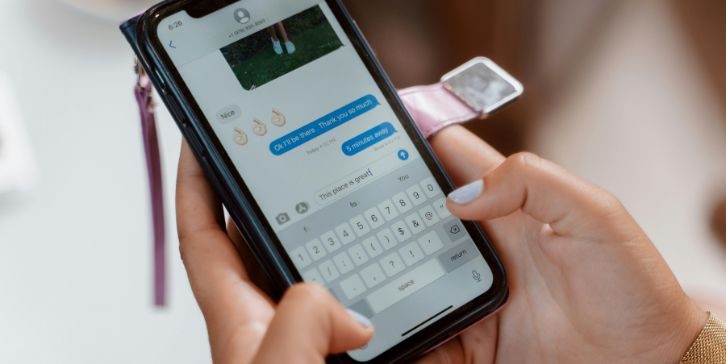
Comments are public. Anyone who visits your post can see them and reply. DMs are private. They go right to someone’s inbox. No one else sees them.
If you want to talk without everyone seeing, or if the topic is personal, a DM is the better choice. That is why people often ask, “Can you DM me the details?”
Common Slang and Meme Phrases Using ‘DM’
“Slide into your DMs” is one of the most used slang phrases with DMs. It means someone is trying to start a private conversation, often in a romantic or playful way.
“DM me” is a simple request to talk more privately. Friends use it casually. Sellers use it to offer more information about a product.
“Check your DMs” is a way to tell someone you sent them something important or interesting that they have not seen yet.
“Open DMs” means someone allows messages from anyone, even people they do not follow. Creators, famous people, or people giving away prizes use this.
“Weird DMs” or “creepy DMs” are jokes or complaints about getting strange or unwanted messages. People often take pictures of these and share them publicly as memes.
Are DMs Really Private?
Technically, yes. DMs are meant to be private. But they are not always fully secure. Many platforms do not use full end-to-end encryption. This means the company might be able to see the messages if needed.
Also, any private message can be copied or saved with a screenshot and shared. So, even if you say something in private, it can still become public. Always think before you send a message.
Final Thoughts
DMs started as a simple chat tool. Now, they are a cultural sign. People use them for private talks, funny memes, or work messages. They are everywhere now. Understanding how they work helps you use social media smarter.
If this guide helped you, kindly share it with others.
